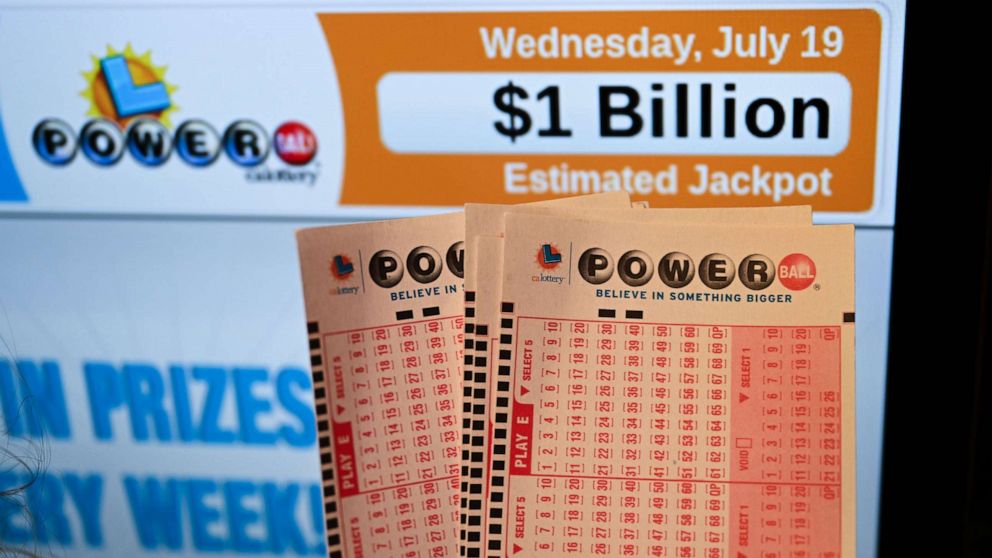The Odds of Winning a Lottery

The lottery is a type of gambling game in which people buy numbered tickets. The prize money depends on the numbers drawn and is split among ticket holders who have the winning numbers. Many states regulate the lottery, while others do not. The game is also sometimes used to raise funds for public good projects.
The casting of lots to make decisions and determine fates has a long record in human history, including numerous instances in the Bible. During the modern era, lotteries have emerged as a way to provide goods and services to a large number of people without raising taxes or placing undue burdens on the middle class or working classes.
In the United States, state and national lotteries generate more than $100 billion in revenue annually. Although many players play for fun, some believe the lottery is a way to change their life. However, it is important to understand the odds of winning. The truth is that the chances of winning a lottery are very low. It is important to choose the right strategy to improve your chances of winning.
Most states establish a state agency or public corporation to run the lottery rather than license a private firm in return for a percentage of the profits. The monopoly gives the lottery operator a clear incentive to maximize revenues while keeping expenses as low as possible. Lottery revenues have been shown to increase significantly after their initial introduction, and then begin to plateau or even decline, with the need for new games a major factor in the continuing growth of the industry.
When lottery proceeds are viewed as benefiting a specific public good, such as education, the popularity of the lottery increases. Lottery promotions can also be effective at generating support for government programs that would otherwise have to be cut during times of fiscal stress. However, it is important to note that the objective fiscal condition of a state does not seem to influence whether or when a lottery is adopted.
The primary method of funding state lotteries is through sales of participation tickets. These tickets are usually inexpensive and the proceeds of their sale are funneled into a single pool from which a drawing is conducted. In the early years of lotteries, the idea was that this model would allow states to expand their social safety nets without placing onerous tax burdens on the middle and lower classes.
But the reality is that participation in lotteries is disproportionately low among those groups, and most of the lottery’s proceeds are generated by a small group of people. One in eight Americans buys a lottery ticket each week, and those buyers are disproportionately lower-income, less educated, nonwhite, and male. These players account for 70 to 80 percent of total lottery player revenue. Their disproportionate participation may reflect the fact that they have fewer other options for generating wealth. Moreover, they tend to be more likely to play multiple tickets per week.